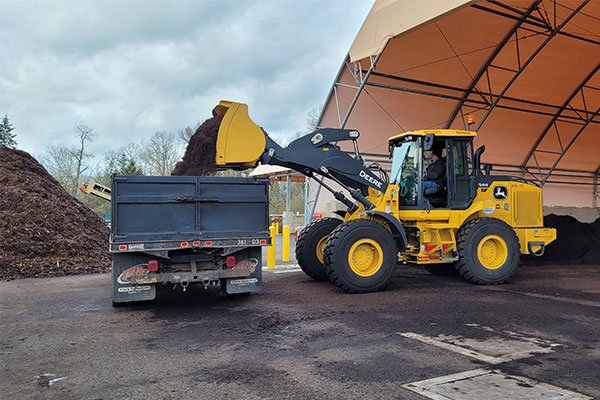Replacing old inefficient toilets is a great way to save water and money! The City of Albany offers $50 rebates for replacing old toilets with high-efficiency models (1.28 gallons per flush).
Did you know? Older toilets are a large source of wasted water for residents, with some older models using up to 6 gallons per flush. It’s estimated that a family of four can save up to 20,000 gallons, or $110, a year by replacing old inefficient toilets.
Need help finding a water-efficient toilet? Visit the EPA’s WaterSense product search for guidance!
Eligibility
- You must be a City of Albany water utility customer.
- Households are eligible for up to two rebates. If approved, they are applied to the monthly utility bill.
- Rebates are limited and awarded on a first-come, first-served basis.
- Replace an old toilet with a high-efficiency toilet (1.28 gallons per flush).
How to apply
- Purchase a high-efficiency toilet. Many models have a WaterSense label on them.
- Install the new toilet and dispose of the old toilet properly. Contact Republic Services for information about disposal.
- Apply within 3 months of purchase and installation.

Checking the flush volume of your existing toilet(s)
- Look for a marking or label near the seat hinge. All the newer toilets have a mark that states the gallons per flush (see example photo)
- If you don’t see such a mark, check the underside of the tank lid or the back wall inside the tank for a date stamp. The year of manufacture is often stamped into the porcelain. Toilets made before 1994 typically use over 3 gallons per flush.
- Details
Albany provides municipal water service to the cities of Albany and Millersburg and additional customers inside and outside Albany's Urban Growth Boundary (UGB). In total, the City provides water for more than 18,300 customer accounts.
What is a Water Master Plan?
The Water Master Plan evaluates the City’s existing water system infrastructure, identifies deficiencies or needs under current or future demand, and provides recommendations on system improvements. The Water Master Plan is included in the City’s comprehensive Capital Improvement Program (CIP) to help plan for future growth. The Water Master Plan is prepared to comply with Oregon Administrative Rule (OAR) 333-061-0060(5) and is subject to review by the Oregon Health Authority.
The 2024 Update Process
This new Water Master Plan is an updated evaluation of the City’s existing water system infrastructure and needs. It was presented to City Council at the May 6, 2024, Work Session. The Oregon Health Authority reviewed and concurred with the plan in May. The plan was adopted by the City Council after a public hearing on July 10, 2024.
- Resolution 7347, Adopting the 2024 Water Master Plan, July 10, 2024 (pdf)
- 2024 City of Albany Water System Master Plan (16MB pdf)
- Water Master Plan Appendices A-E (62MB pdf)
- Water Master Plan Appendices F-M (119MB pdf)
- Details
Stormwater quality facilities like bioswales, planters, and rain gardens use native plants to filter runoff from roads. Weeds and invasive species can disrupt these efforts and create issues for adjacent homeowners. You can help us to improve water quality by weeding! But first it’s important to ID the plants.
Where are the stormwater quality facilities in Albany?
Native stormwater plants
Groundcovers and wildflowers
Groundcovers:
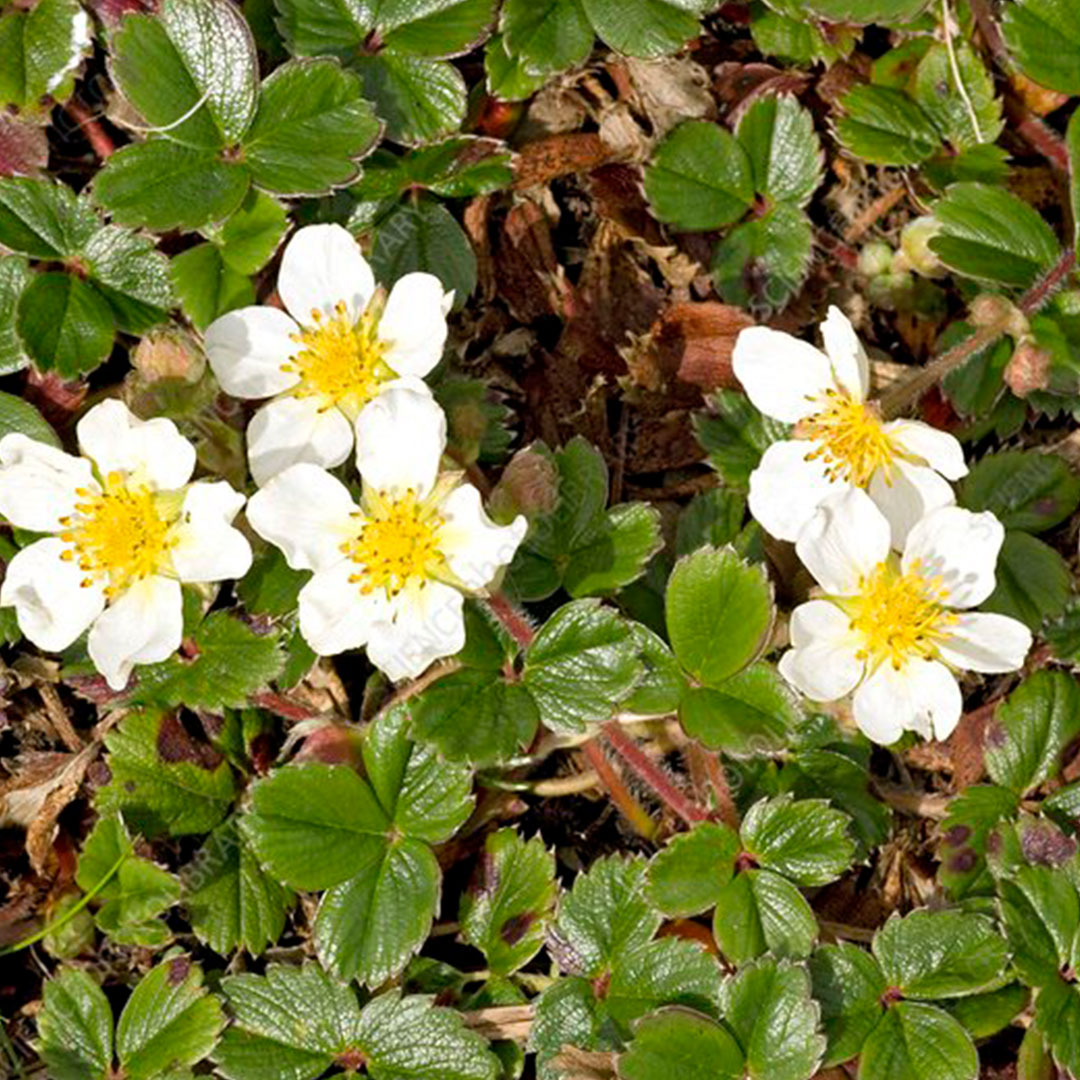 |
Coastal Strawberry |
 |
Kinnikinnick |
Wildflowers:
 |
Blanket Flower |
 |
Oregon Sunshine |
 |
Yarrow |
Sedges and rushes
Sedges:
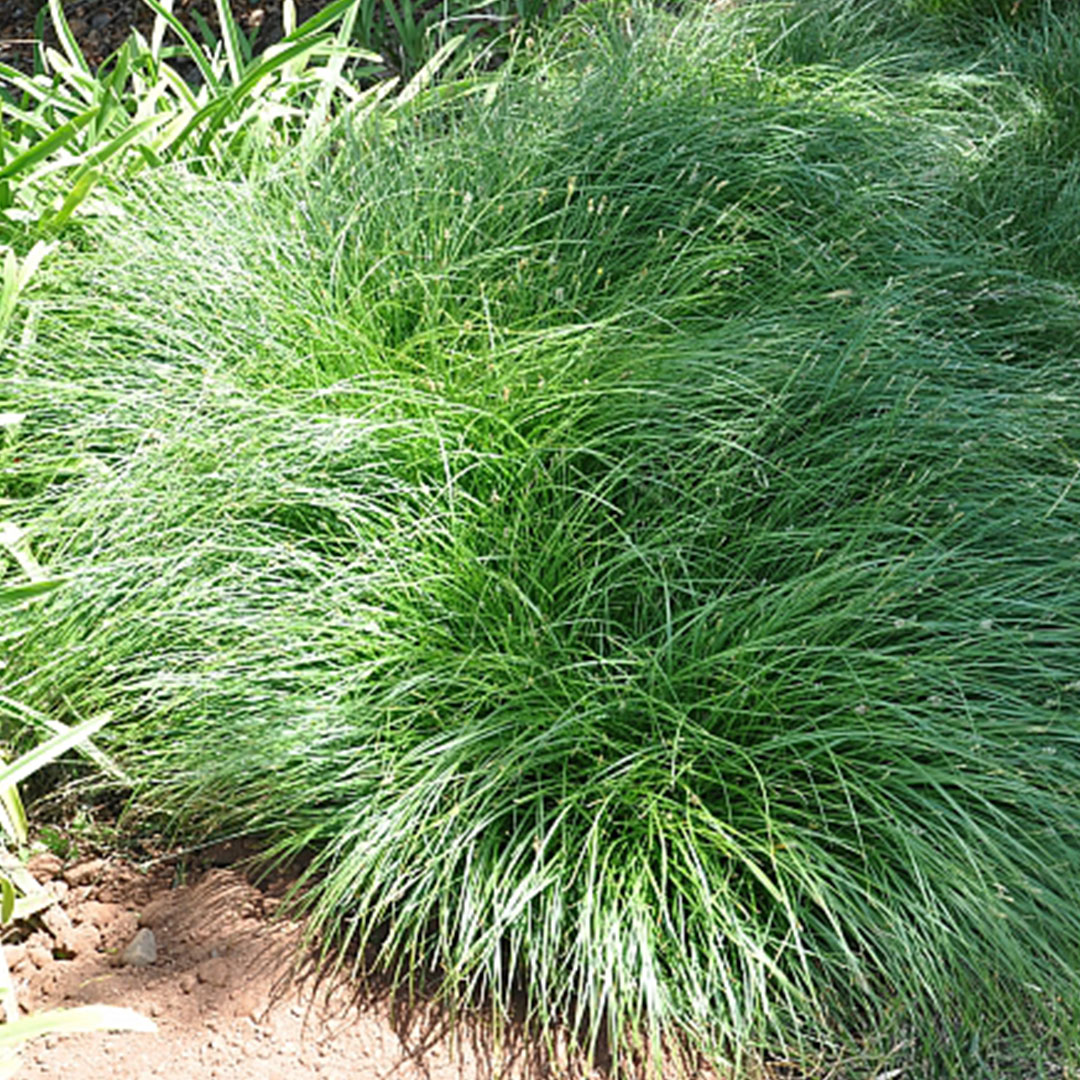 |
Foothill Sedge |
 |
Slough Sedge |
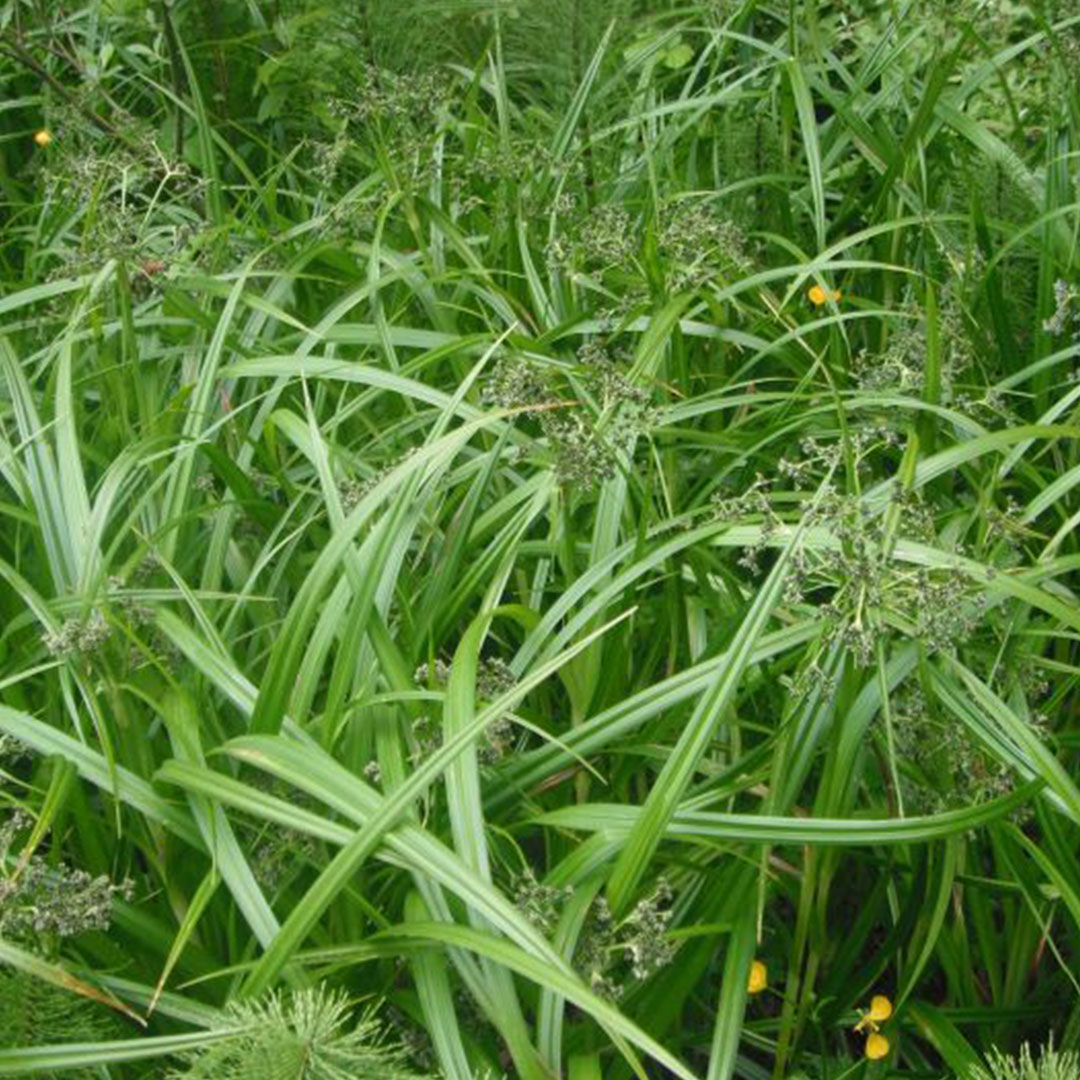 |
Small-Fruited Bulrush |
Rushes:
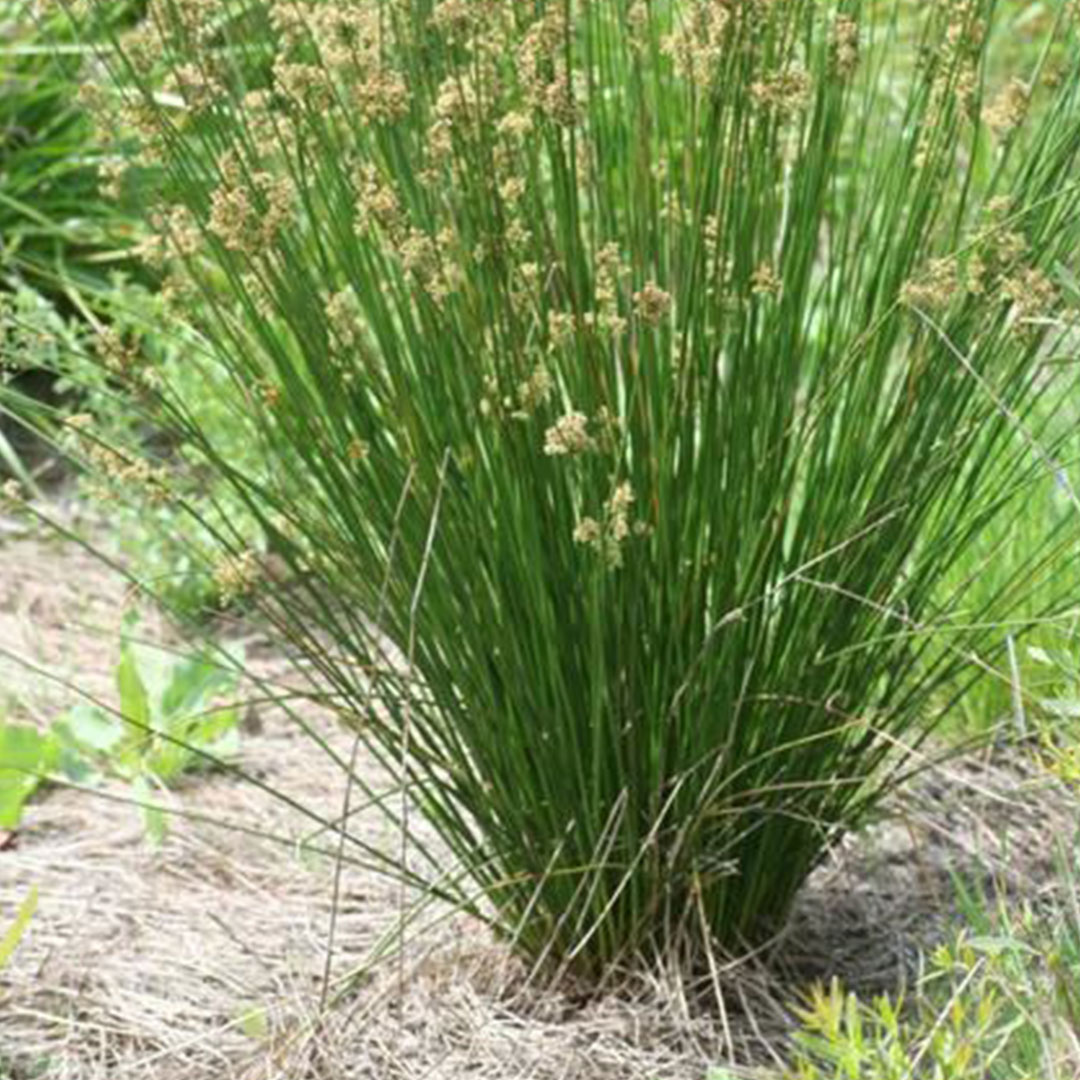 |
Common Rush |
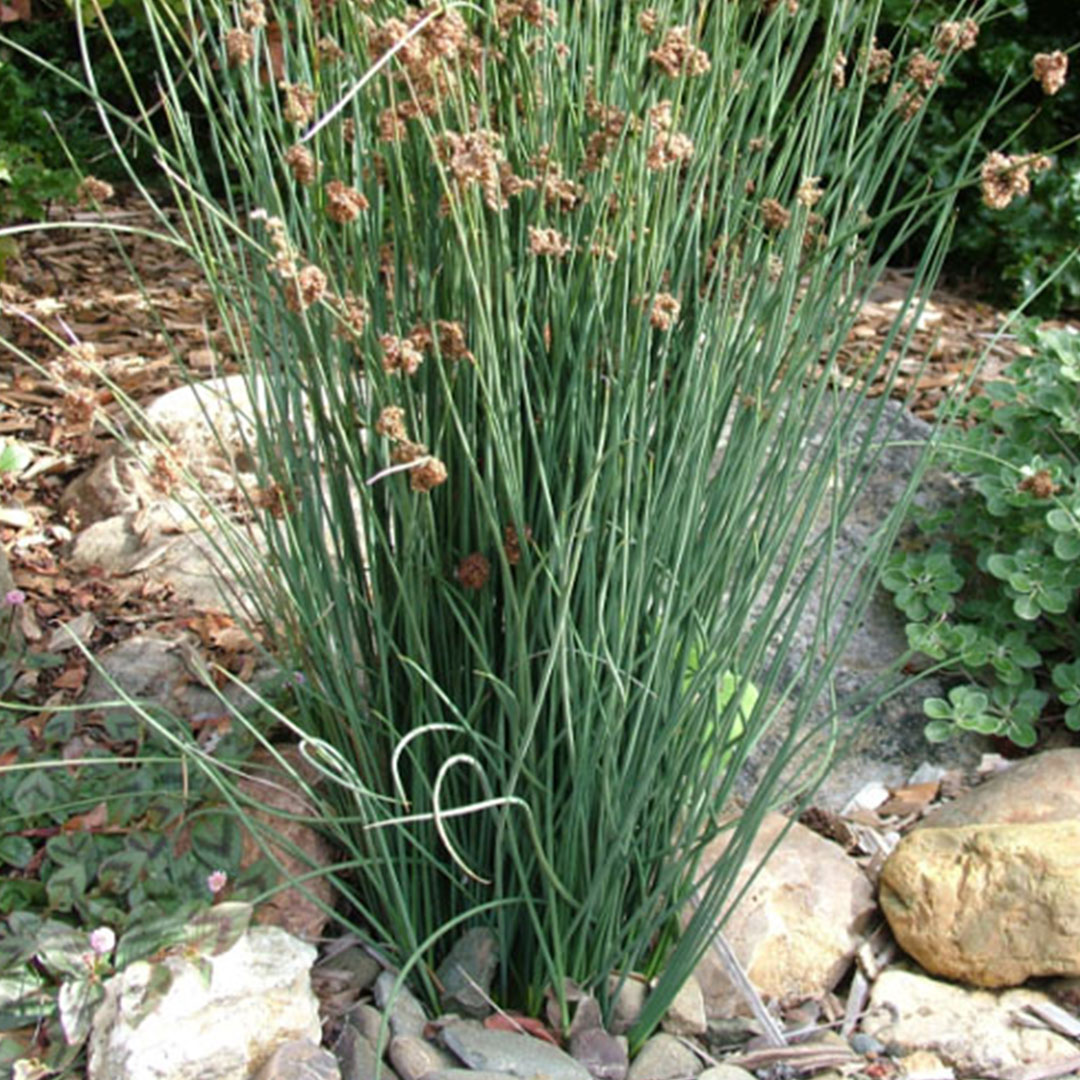 |
Spreading Rush |
Shrubs and dwarf shrubs
Shrubs:
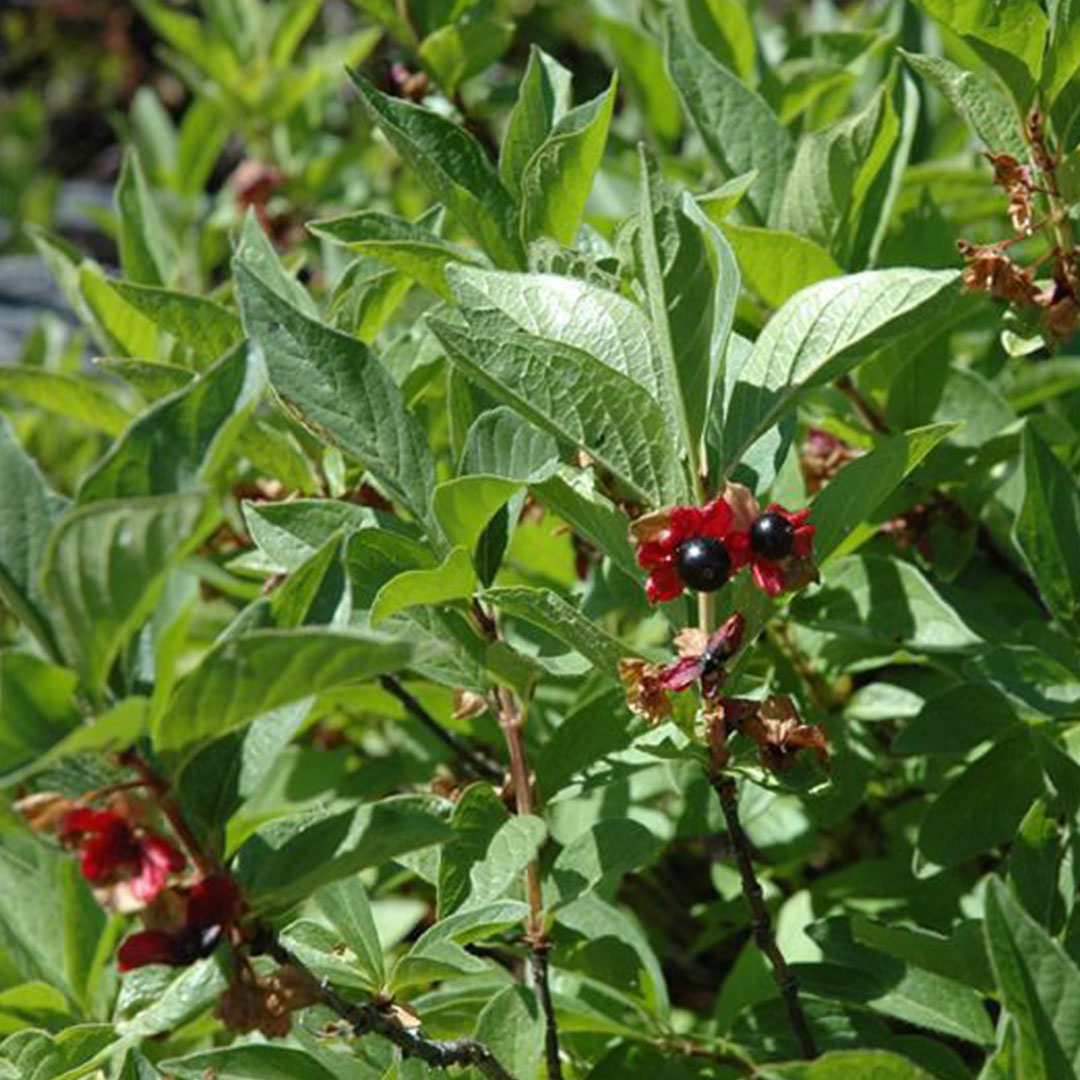 |
Black Twinberry |
 |
Common Snowberry |
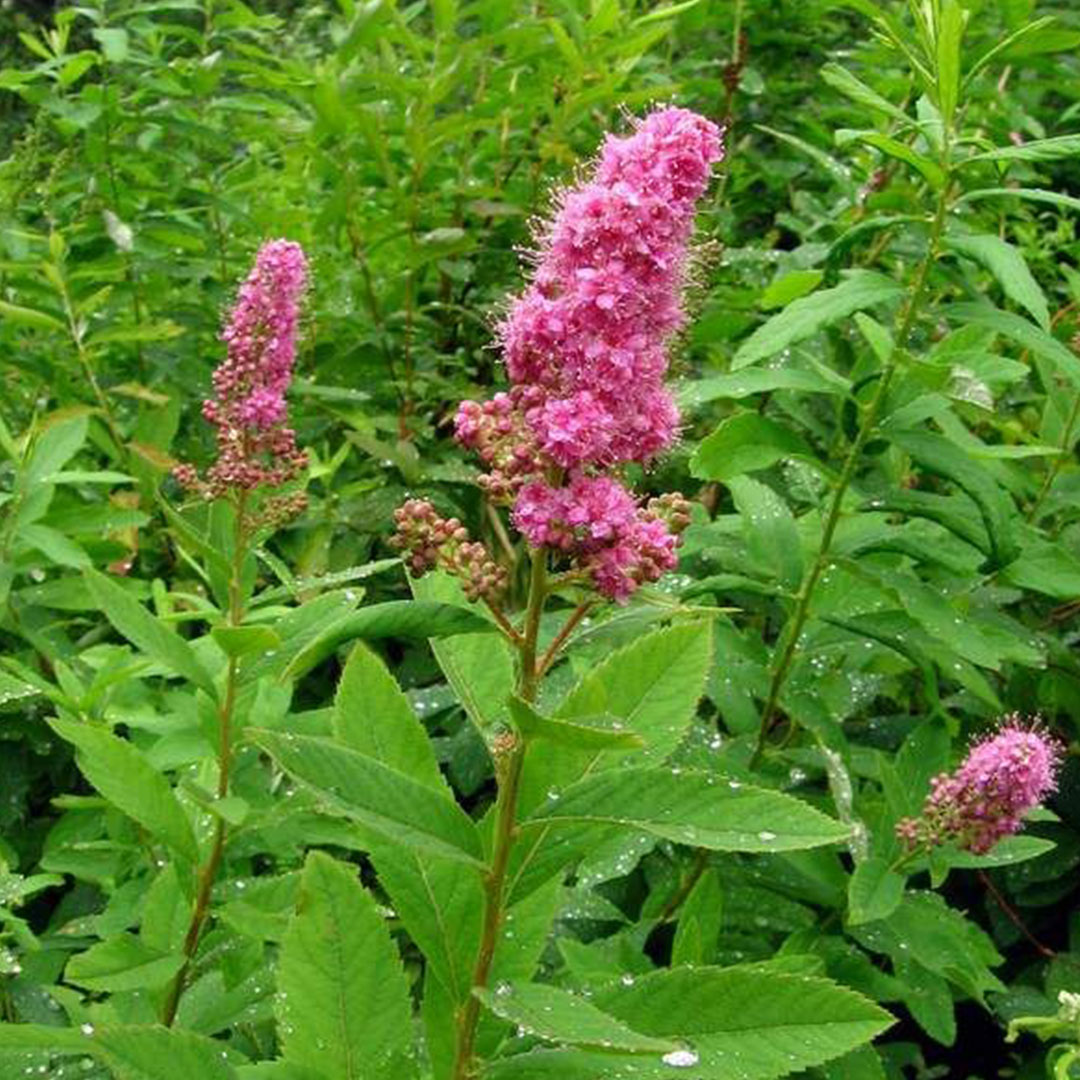 |
Douglas Spirea |
 |
Red-Twig Dogwood |
Dwarf shrubs:
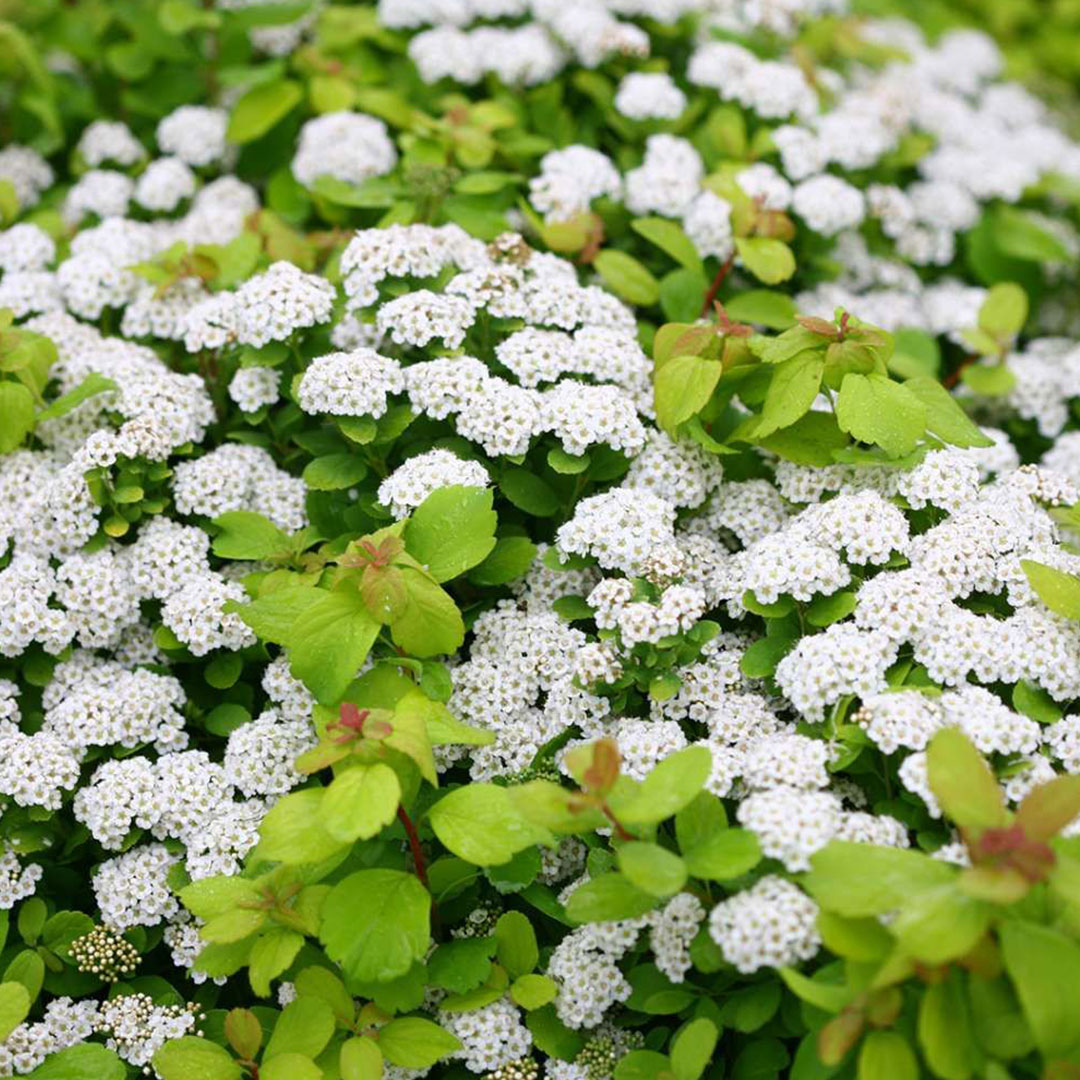 |
Birchleaf Spirea |
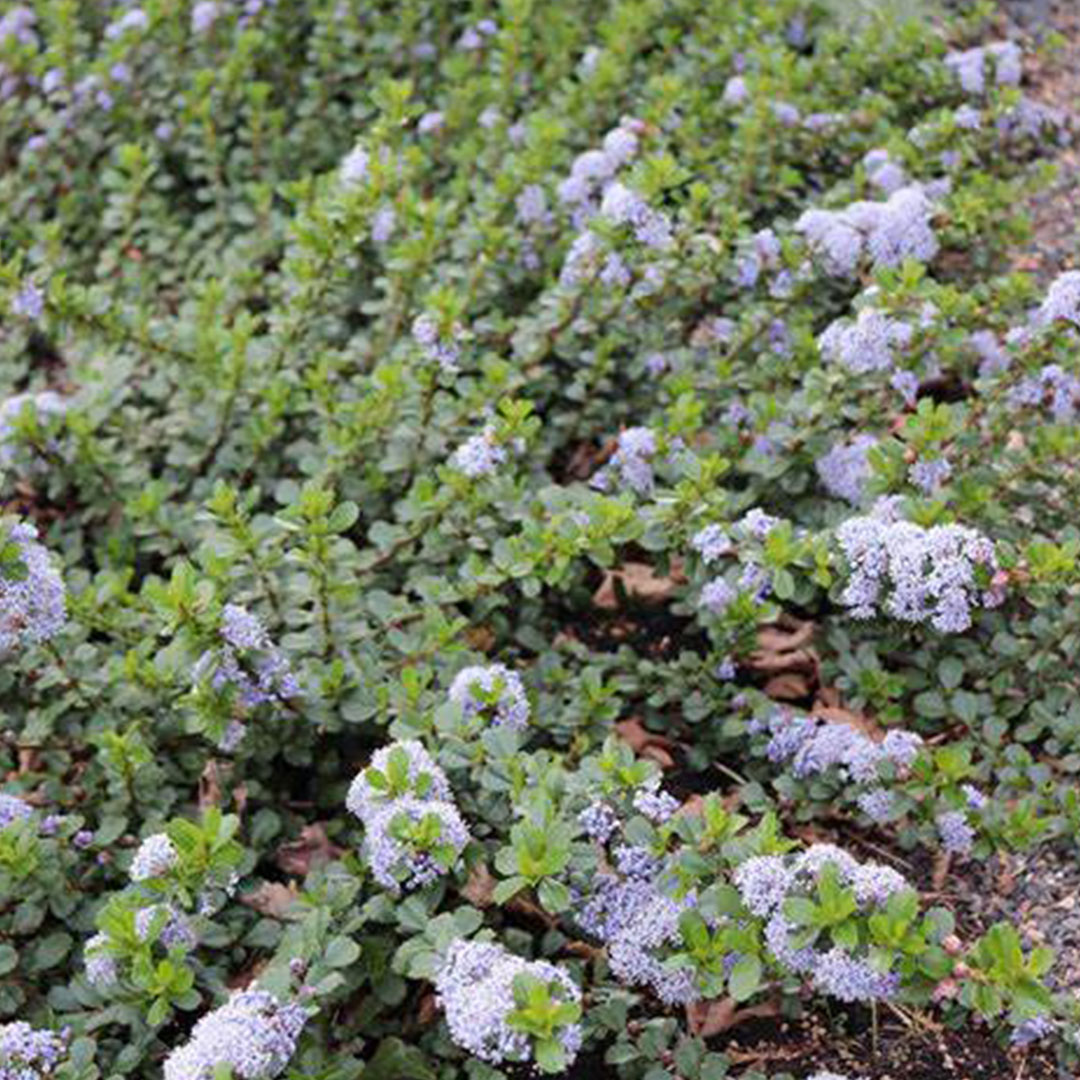 |
California Lilac |
 |
Creeping Oregon Grape |
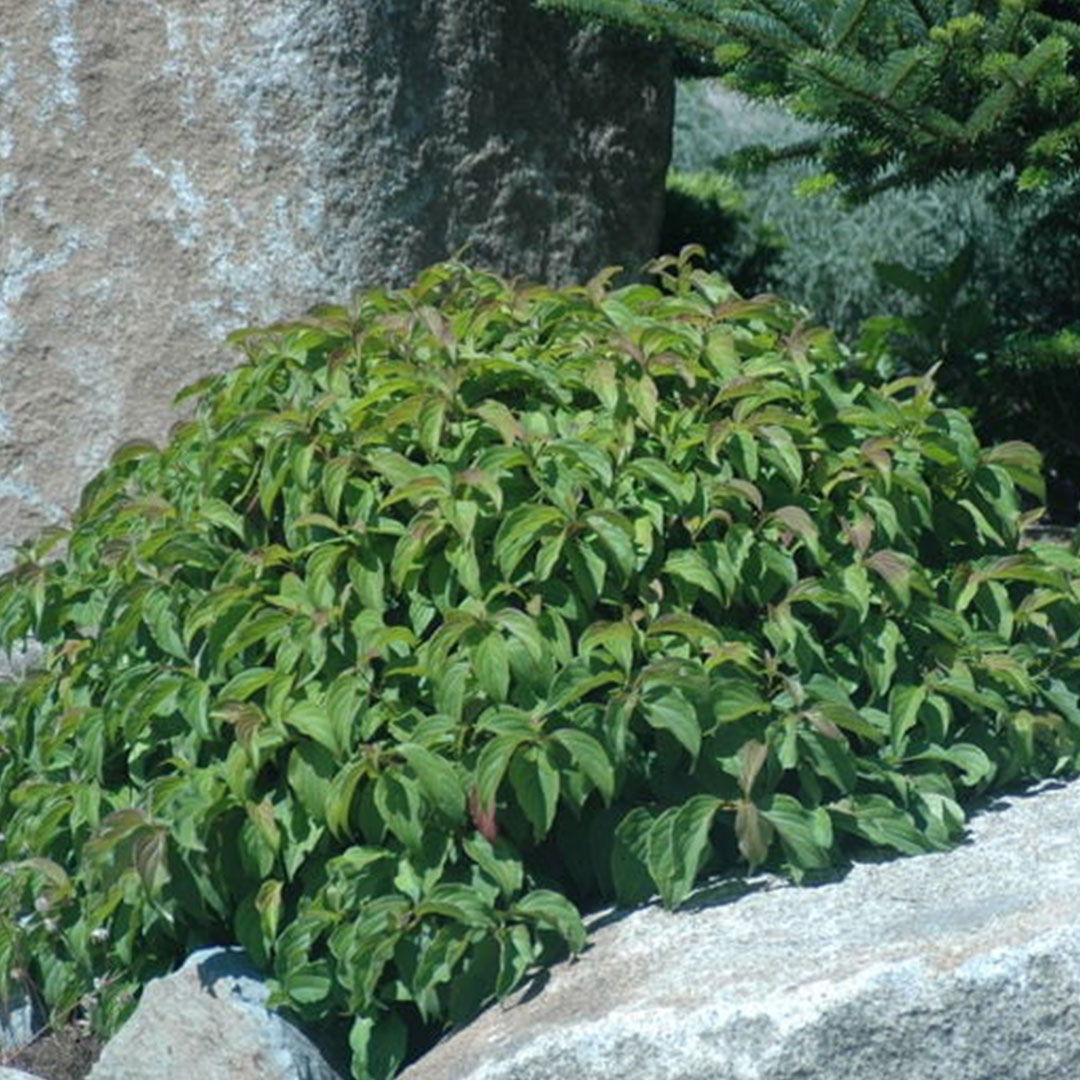 |
Kelsey Dogwood |
Common weeds
 |
Canada Thistle |
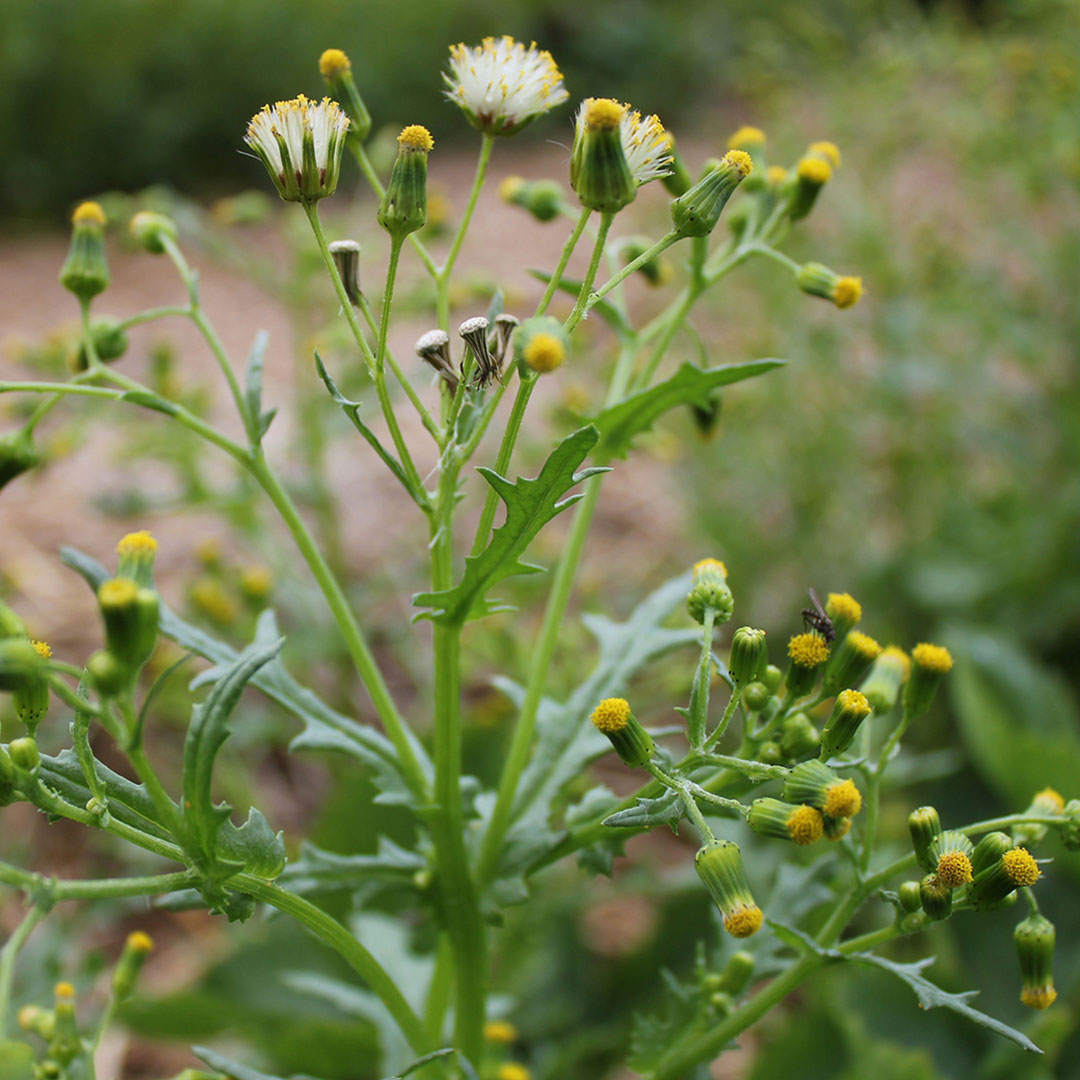 |
Common Groundsel |
 |
Dandelion |
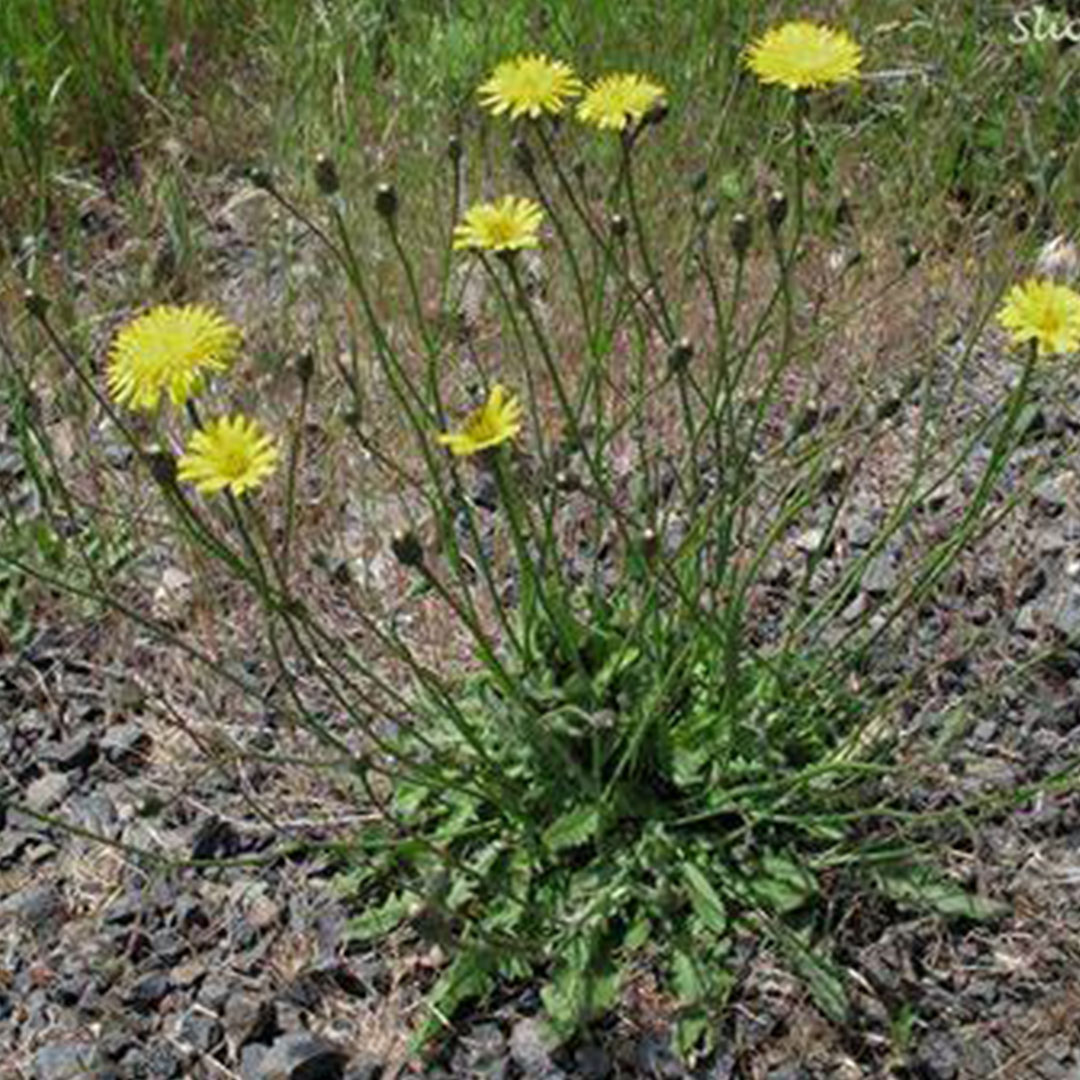 |
False Dandelion |
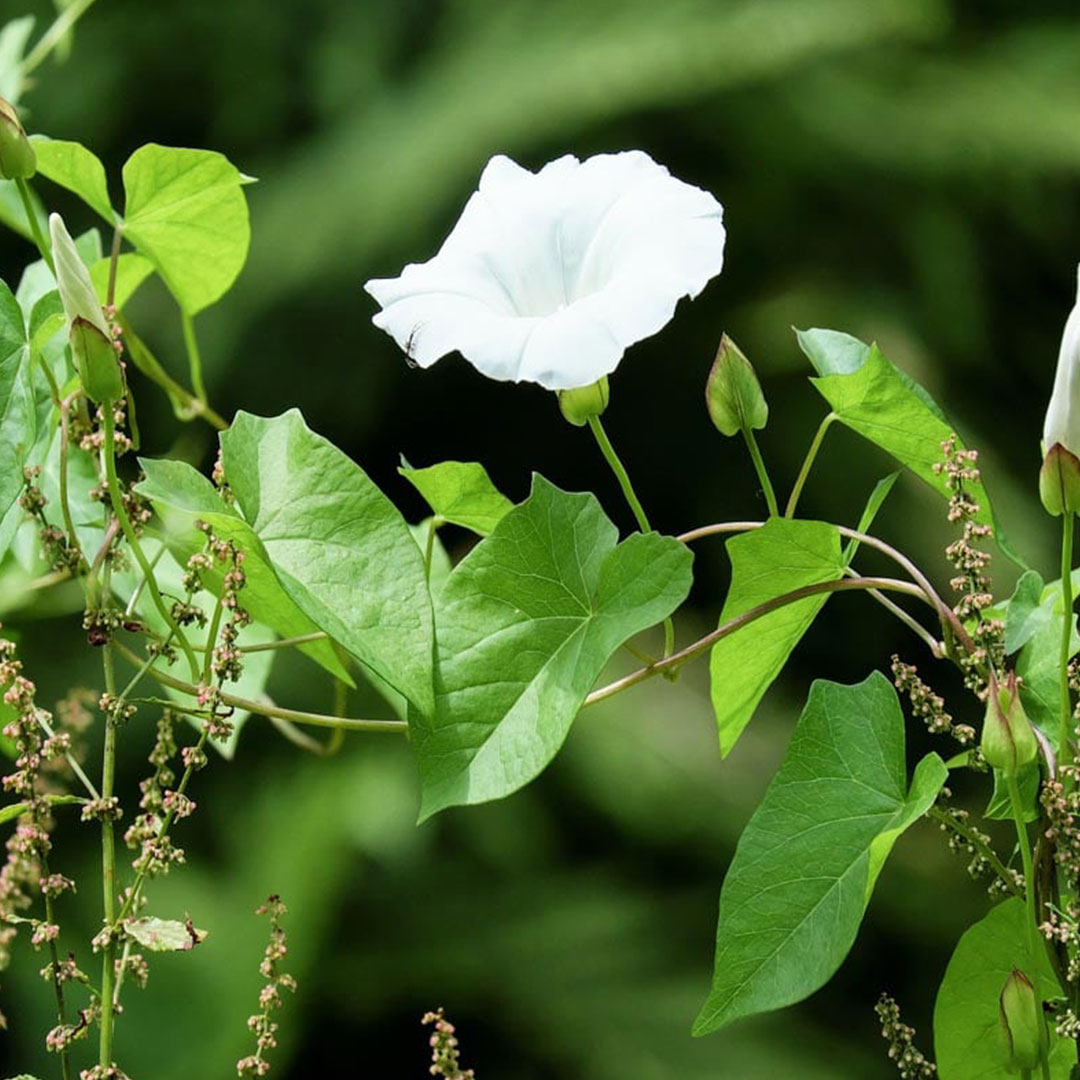 |
Field Bindweed |
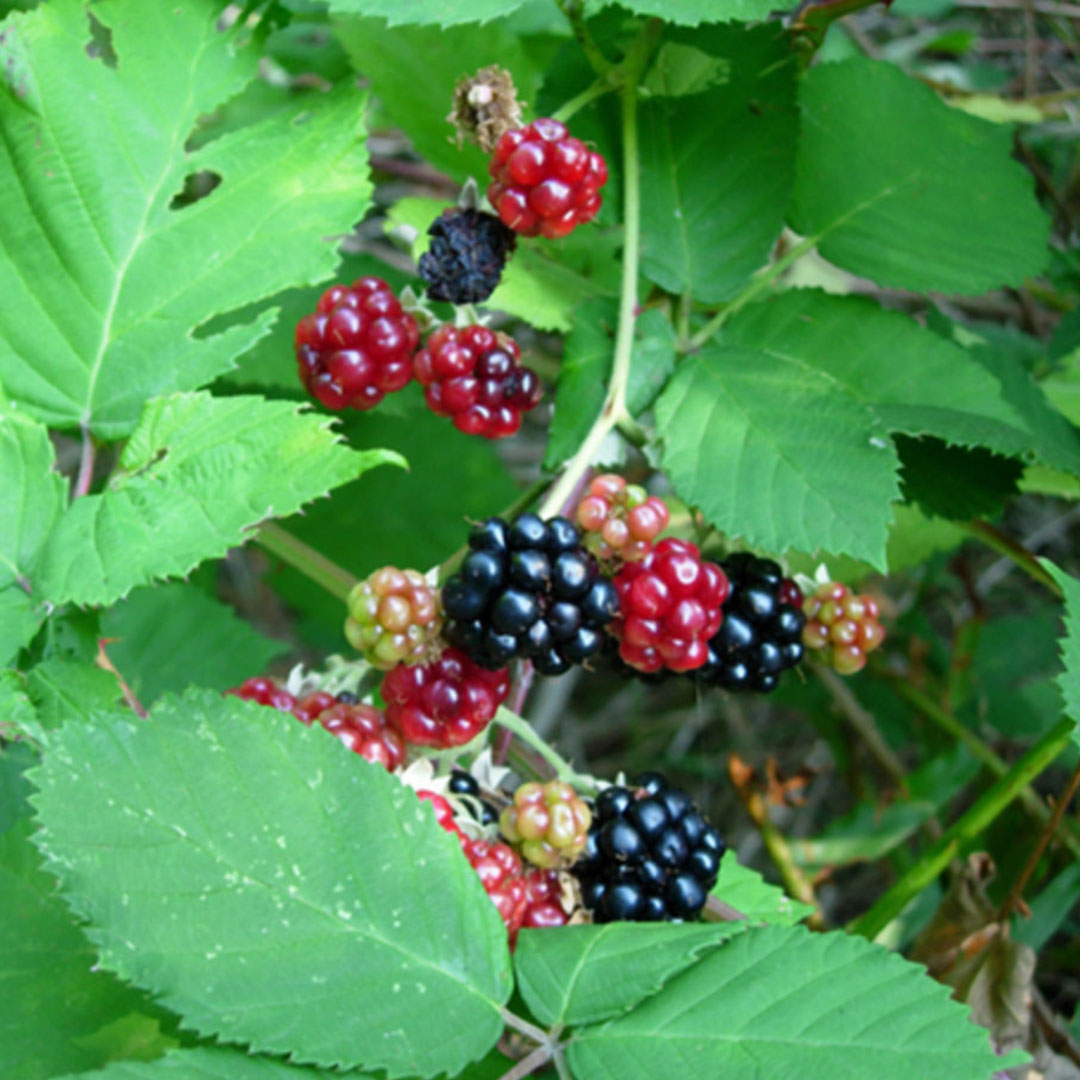 |
Himalayan Blackberry |
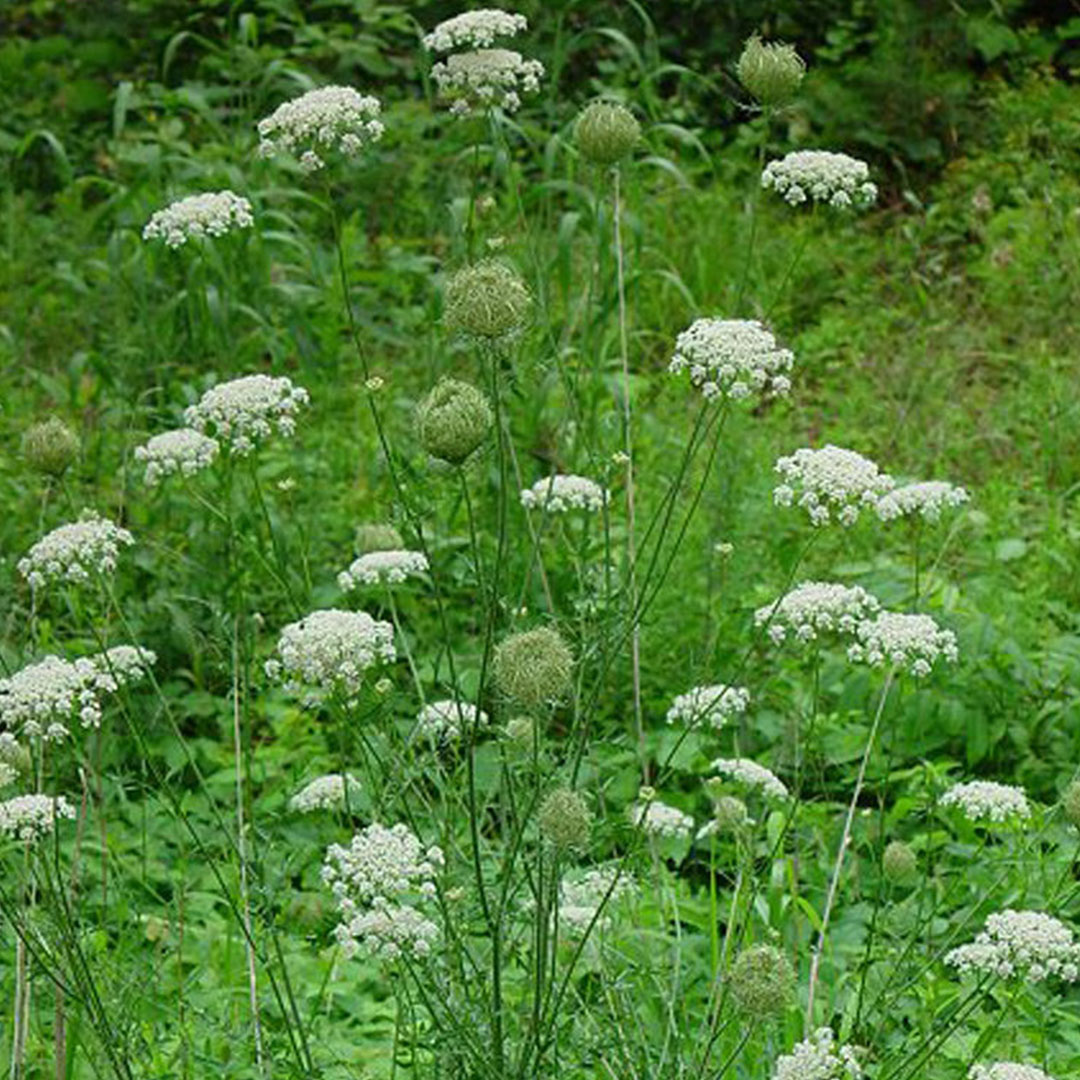 |
Queen Anne’s Lace |
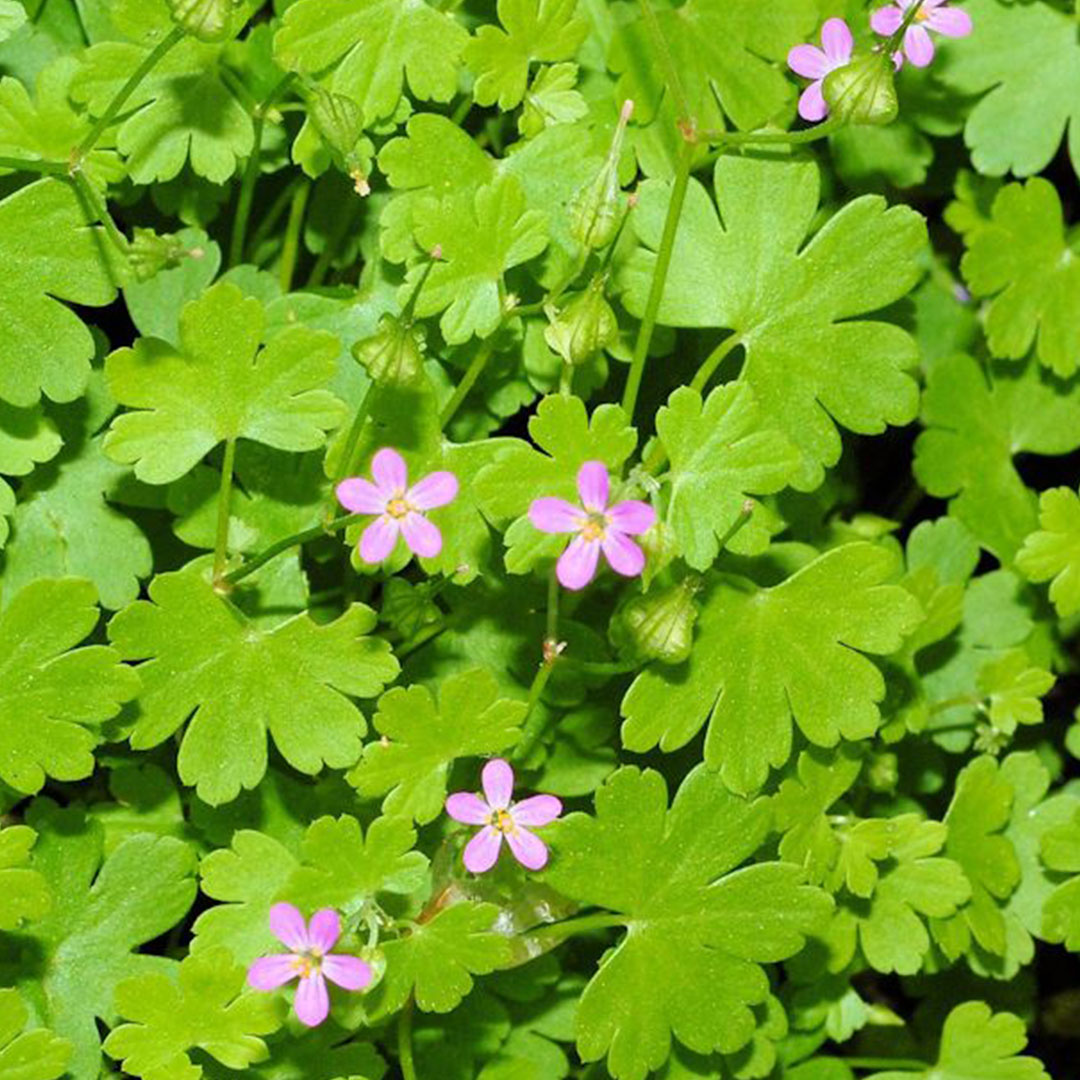 |
Shiny Geranium |
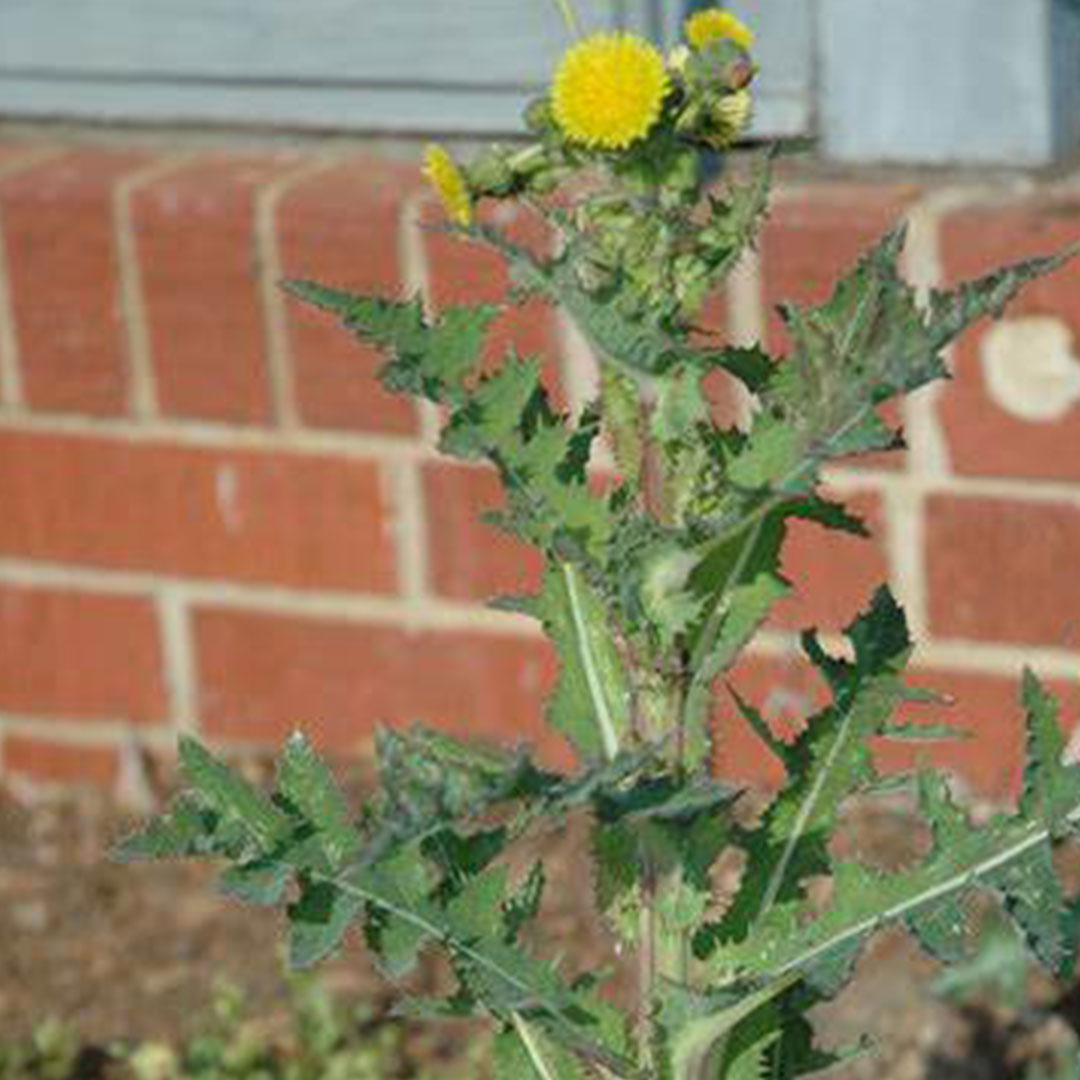 |
Spiny Sowthistle |
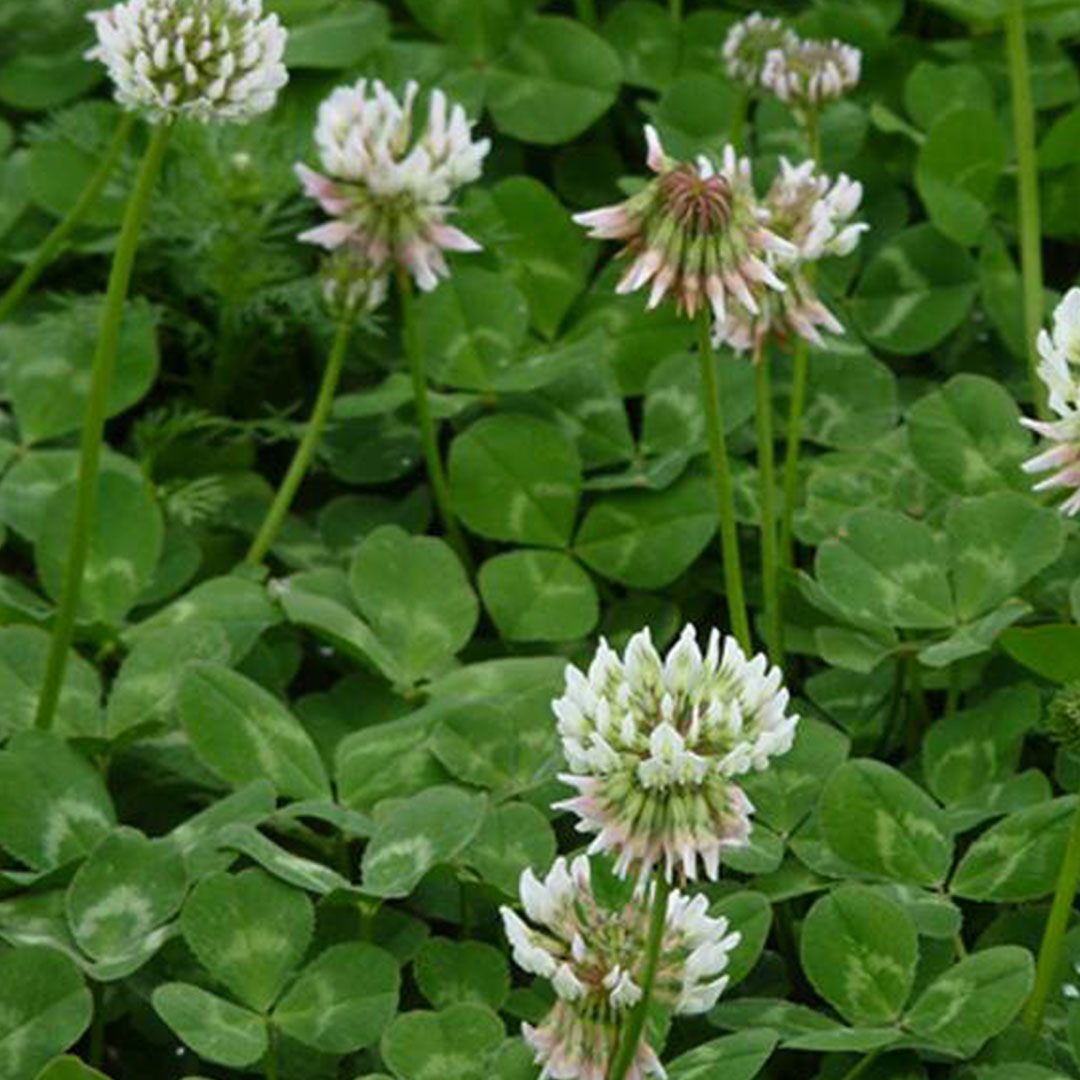 |
White Clover |
Want to learn more about gardening with native plants? Check out Oregon Flora Project.
- Details
So, what are PFAS?
So, what are PFAS?
Per- and Polyfluoroalkyl Substances (PFAS) are a group of manufactured chemicals that have been used in industry and consumer products since the 1940s because of their useful properties. There are thousands of different PFAS compounds, some of which have been more widely used and studied than others.
Perfluorooctanoic Acid (PFOA) and Perfluorooctane Sulfonate (PFOS) are two of the most widely used and studied chemicals in the PFAS group. Both have been phased out of use in the United States and replaced with other compounds in recent years.
One common characteristic of PFAS chemicals that is of concern is that many are resistant to breaking down in the environment and, over time, can build up in plants, animals (including the human body), and the environment.
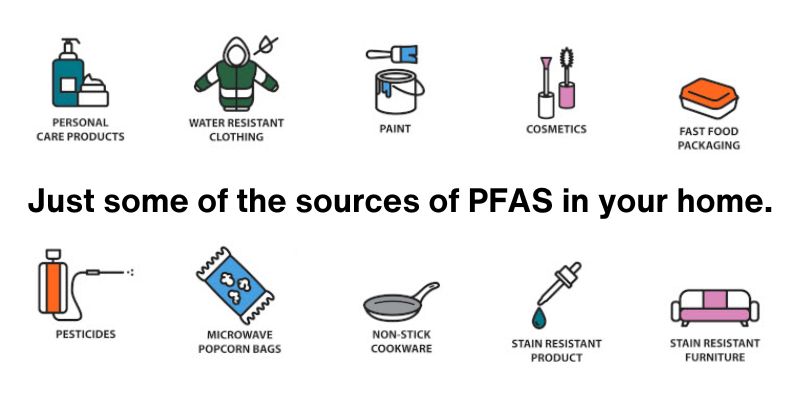
While the science behind this emerging global issue of PFAS is still being studied, the City is taking early steps to share our testing data with the Albany community. We also continue to work with Federal and State regulators and other stakeholders, to understand, identify, and mitigate the impacts of PFAS on our community and vital water infrastructure systems.
We are sharing this webpage with you to help develop action plans as more information and science-based best practices become available and to bring greater awareness to the potential risks of PFAS in the Albany community.
Test results
Test results
In January 2023, the City of Albany began testing for 29 known PFAS compounds in our drinking water as part of the Unregulated Contaminate Monitoring Rule - Round 5 (UCMR5). The UCMR5 provides the EPA, Oregon Health Authority, and the City of Albany with scientifically valid data on the occurrence of these contaminants in drinking water. New testing methods and procedures will likely give us better data and help us understand this emerging issue. Drinking water from both water treatment plants were tested.
UMCR5 Test Results
| December 2023 | A-M WTP | Vine Street |
| September 2023 | A-M WTP | Vine Street |
| June 2023 | A-M WTP | Vine Street |
| March 2023 | A-M WTP | Vine Street |
Looking for more information on Albany's drinking water quality?
PPM, PPB, and PPT (No, it's not a PowerPoint file)
Your water is tested extensively to ensure it is safe. Water quality is usually reported in parts per million, billion or trillion. What does this mean in terms we can understand?
Parts per million (ppm)

You clean a 10-gallon fish tank and 1 drop splashes out.
Parts per billion (ppb)

You inherit $10 million. In counting it out, you discover 1 cent is missing.
Parts per trillion (ppt)

The sun is 93 million miles away. You move 6 inches toward it. That’s 1 ppt.
What can you do?
What can you do?
Reducing your use of products that contain these chemicals is the first step to controlling their impact on our environment.
- Check product labels for ingredients that include the words "fluoro" or "perfluoro"
- Look for PFAS-free alternative to dental floss, cosmetics, and other personal care products
- Be aware of packaging for food that contains grease-repellent coatings
- Avoid stain-resistance treatments
- Avoid or reduce the use of non-stick cookware
- Dispose of electronics, batteries, and pharmaceuticals properly
Are you looking for more resources to help reduce the impact of PFAS and the amount of trash in our landfills? Check out our Living Green page.
Possible health effects
Possible health effects of PFAS
Current research by the CDC has shown that people working in occupations such as firefighting or chemical manufacturing and processing can be exposed to PFAS. People can also be exposed by eating food grown or raised in PFAS-contaminated soil or water, including agricultural products, wild game, and fish.
According to the CDC and Oregon Health Authority, possible health effects from PFAS exposure include:
- Changes in blood lipid levels
- Changes in liver enzymes
- Small decreases in infant and fetal growth
- Lower antibody levels to vaccines in children
- Increased risk of high blood pressure in pregnant women
- Increased risk of kidney or testicular cancer in adults
Continued monitoring
The EPA issued a final rule on April 10, 2024 which set limits and also requires future monitoring.
Albany will continue to follow all Oregon Health Authority and EPA guidelines while sampling our water accordingly. Keeping our drinking water safe for all of Albany and Millersburg is our highest priority.
- Details
How to purchase
How to purchase
- Purchases are currently available for retail orders (1-yard minimum) and wholesale orders (5-yard minimum).
- You must pick up your entire order in a single load.
Step 2
Pick up your entire compost purchase on the scheduled date and time requested on the purchase form at:
405 Davidson St. NE
Albany, OR 97321
Step 3
Please pull into the front gate and pull onto the side of the road in front of the Control Building (first building on your right, Building 95).
An operator will greet you and lead you down to the compost loading area and load your vehicle and/or trailer for you.
About our composting process
About our composting process
The City’s composting facility began operating in January 2023 and consists of covered aerated static piles (CASP), with in-ground aeration utilizing Engineered Compost Systems (ECS) technology and a biofilter odor control system.

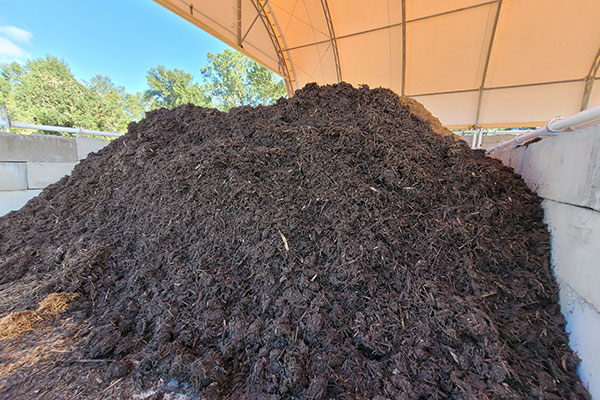
Biosolids from the Albany-Millersburg Water Reclamation Facility (AM-WRF) are mixed with ground up yard and tree waste using a specific “recipe” and placed into one of four composting bays. The mixture of nitrogen (biosolids) and carbon (wood material), along with the right amounts of oxygen and water, creates a controlled biological decomposition process known as composting. This is where microorganisms eat the organic waste and break it down, which generates heat that kills pathogens and stabilizes the material. The result is a stable organic compost product, that is rich in nutrients that can be used as a soil amendment.
The compost piles at the AM-WRF are continuously monitored for temperature, which controls the aeration system for consistent treatment throughout the pile. The material must reach and maintain a temperature of 55°C (131°F) or greater within a prescribed timeline needed to kill the bacteria and pathogens. It is then moved and mixed for additional composting to further stabilize and “cure” the material into a mature and rich compost. Overall, this composting process takes about 6 weeks per batch.
Environmental benefit
Albany and Millersburg selected composting for the biosolids treatment process because it provides an overall environmental benefit to our communities and turns waste into a desirable product. The composting system also lowers greenhouse gases by improving carbon sequestration in the soil and by preventing methane emissions through the aerobic decomposition process.
What are Biosolids?
Biosolid are a byproduct of the wastewater treatment process. During the treatment process the liquids are separated from the solids. These solids are then further treated physically and chemically to produce a semisolid, nutrient rich product known as biosolids. Biosolids can be further treated to produce a product that can be beneficially used as fertilizer or an amendment. Depending on the level of treatment and the method used in the treatment two regulatory types of biosolids can be produced, "Class B" and "Class A". The Albany-Millersburg WRF produces Class A compost from our biosolids. Class A compost is highly regulated and had unrestricted use to the public.
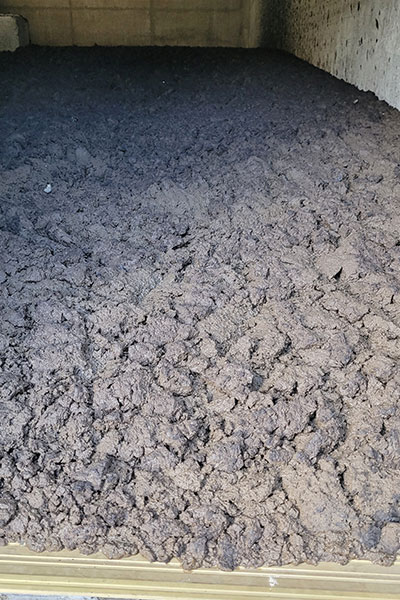
From byproduct...

...to safe, useable fertilizer.
Exceptional quality compost
Exceptional quality compost
The City’s compost is a Class A biosolids product that meets the stringent Exceptional Quality standards of EPA Part 503 Biosolids Rule, which means it can be used anywhere without restrictions including home gardens and landscaping. When used as a soil amendment, Albany’s compost can help improve drainage in clay soils, will add nutrients, and help reduce the frequency of watering. Albany’s compost can also be used just as a ground cover instead of other mulches.
The City’s compost is monitored and tested in accordance with the EPA rules and annual reports are submitted to the Oregon DEQ.
Test results
Test results are available upon request.
Summary of sampling requirements:
Metals
| Contaminant | Max Level Allowed by EPA | Units | Does our compost meet the standard? |
|---|---|---|---|
| Arsenic | 41 | mg/kg | Yes |
| Cadmium | 39 | mg/kg | Yes |
| Chromium | 1200 | mg/kg | Yes |
| Copper | 1500 | mg/kg | Yes |
| Lead | 300 | mg/kg | Yes |
| Mercury | 17 | mg/kg | Yes |
| Molybdenum | 75 | mg/kg | Yes |
| Nickel | 420 | mg/kg | Yes |
| Selenium | 36 | mg/kg | Yes |
| Zinc | 2800 | mg/kg | Yes |
Pathogens
| Contaminant | Max Level Allowed by EPA | Units | Does our compost meet the standard? |
|---|---|---|---|
| Salmonella sp. bacteria |
<3 | Most probable number/4g total solids |
Yes |
An Award-Winning Product
The Albany-Millersburg Compost Facility has won numerous awards since completing performance testing in January 2023.
The list of awards include:
- League of Oregon Cities Award of Excellence in recognition to its "Biosolids Composting Project"
- Pacific Northwest Clean Water Association: 2023 Sustainability and Resource Recovery Award
- Oregon Association of Clean Water Agencies 2023 Outstanding Member Agency: Class A Exceptional Quality Biosolids Composting Project
- American Council of Engineering Companies of Oregon: Engineering Excellence Awards 2024 Honor Award: Pivoting into a Class A Biosolids Management Program

- Details
